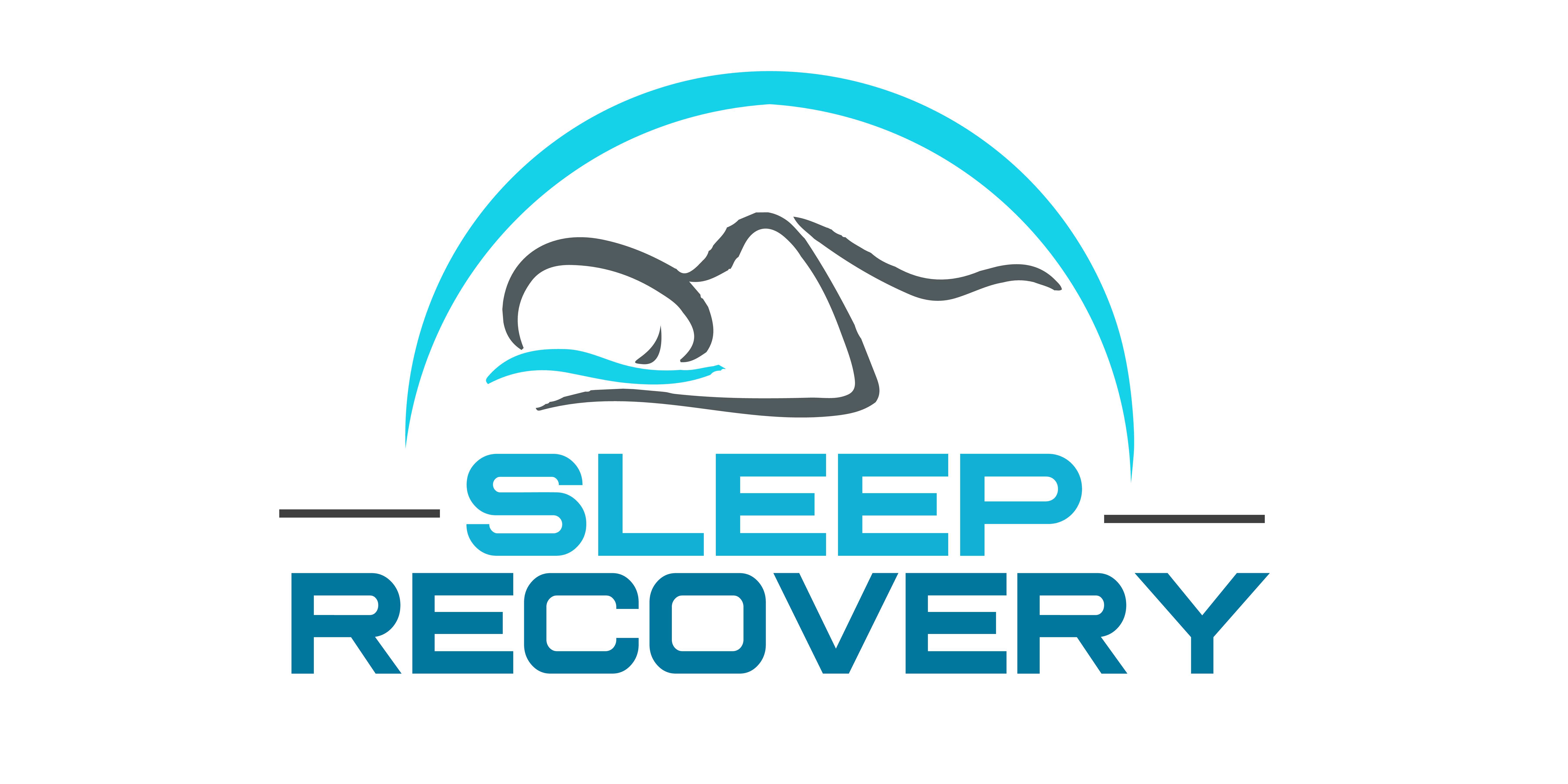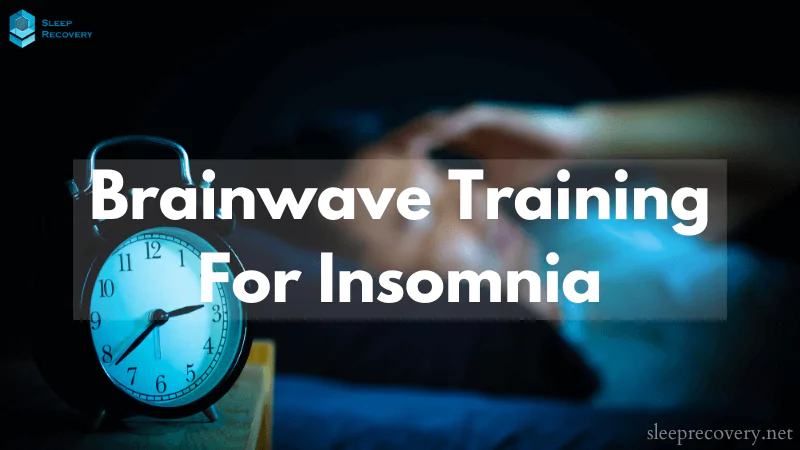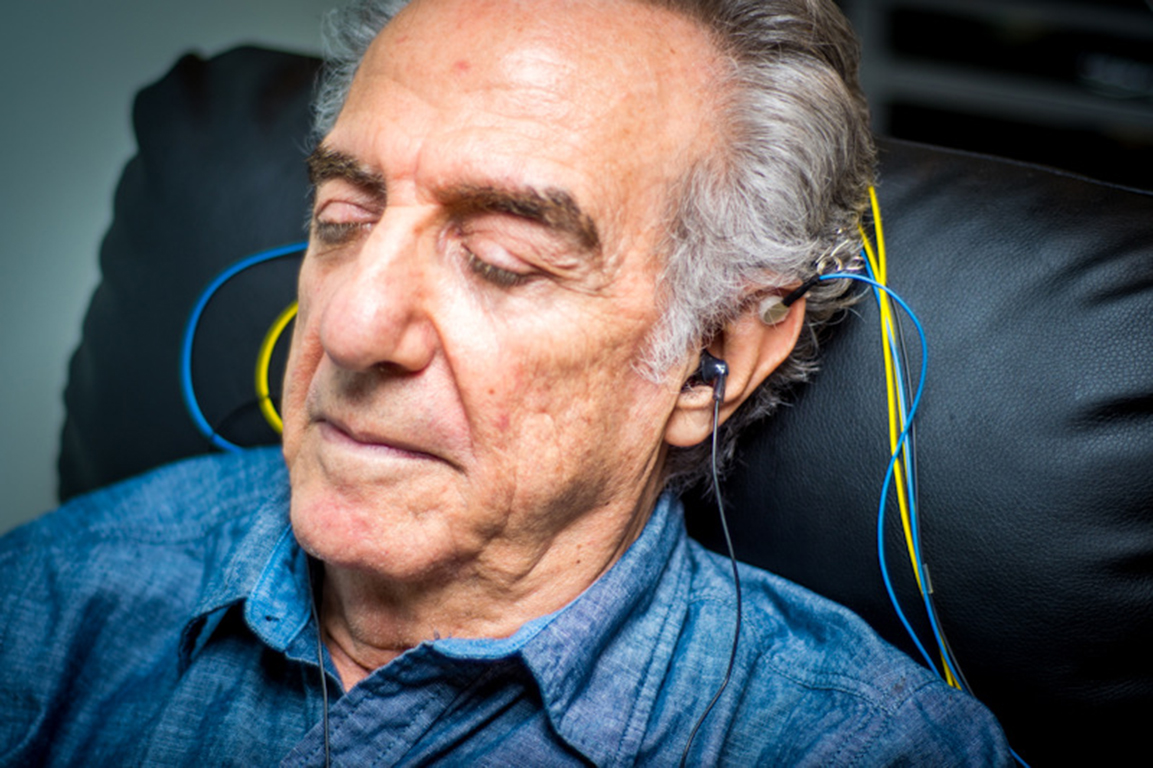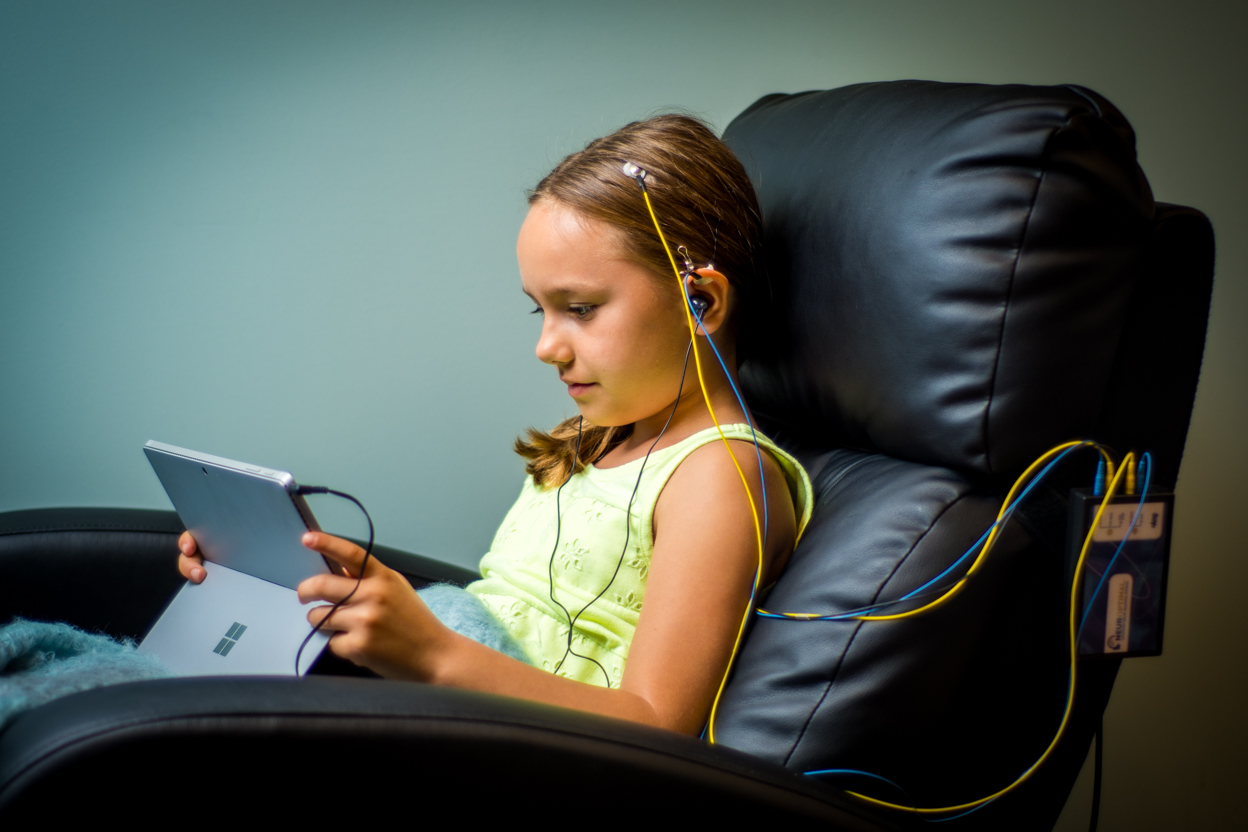Brainwave Training for Insomnia: A Simple Guide
Insomnia is a big problem for many people around the world. Many people can’t get good sleep, even with regular treatments. Medicines can help but often have many side effects. This makes people look for other ways to sleep better. One new method is brainwave training, also known as auditory-based neurofeedback.
How Brainwaves Affect Sleep?
The brain works at different speeds, or frequencies, based on what we are doing. For example, beta waves are active when we are awake, alpha waves when we are relaxed, and during deep sleep. If these patterns are not right, it can be hard to sleep well. Brainwave training helps fix these patterns. By adjusting brainwaves, this method helps people get better sleep.
What Is Neurofeedback?
Neurofeedback uses sensors on the scalp to check brainwave activity. The data is then turned into sounds that the person hears. This helps the brain learn to change its waves to improve sleep and relaxation. It’s like a computer cleaning up its hard drive.
How Does It Work?
The process starts with placing sensors on the scalp. These sensors read the brain’s activity. The information is then turned into sounds that the person listens to. When the brain hears these sounds, it tries to fix itself. Over time, the brain gets better at making the right patterns, leading to better sleep.
Amplitude-Based Auditory Neurofeedback
This type of neurofeedback helps the brain work better by using real-time feedback. The brain wants to be balanced and stable. By hearing its own activity, the brain can adjust itself. This helps improve many areas of life, like creativity and mood.
Special Features of Auditory Neurofeedback
Auditory neurofeedback is unique because it helps the whole brain. It doesn’t force the brain to change but helps it harmonize naturally. This makes people happier, more patient, and better at dealing with others.
Neurofeedback at Sleep Recovery
At Sleep Recovery, the treatment is simple and comfortable. It works for everyone, from children to older adults. The methods used are safe for all ages.
Setting Up the Treatment
The treatment starts with attaching sensors to the scalp. These sensors pick up information from the brain. The data is then turned into sounds that the person hears, helping the brain fix itself.
Noninvasive and Easy
One great thing about this method is that it’s noninvasive. The person doesn’t have to control their brain activity. They just listen to the sounds, and the brain adjusts itself naturally.
Therapy Sessions
Neurofeedback therapy includes several sessions, each lasting 30-35 minutes. During these sessions, the person can relax in a comfortable chair. They might close their eyes, read, or just relax.
How It Helps?
Over time, the feedback helps the brain regulate itself. This leads to better sleep, less anxiety, improved thinking, and better overall well-being. Each session builds on the last, helping the brain remember and continue improving.
Personalized Training
Neurofeedback is tailored to each person’s brain. Every brain is unique, and the therapy adapts to each individual’s needs. This helps address specific issues effectively.
Benefits and Effectiveness
Neurofeedback has been shown to help with many conditions like anxiety, attention problems, and insomnia. Studies show it can improve brain function, even for people recovering from chemotherapy. It’s also a good option for children who might not respond well to medication.
Using Neurofeedback for Anxiety, Panic Attacks, PTSD, and Overall Tranquility
Neurofeedback is not only helpful for insomnia but also for anxiety, panic attacks, PTSD, and overall tranquility. Anxiety and panic attacks often involve overactive brainwaves that can be calmed with neurofeedback. By listening to the brain’s own activity, individuals can learn to reduce anxiety and manage panic attacks better.
PTSD is another area where neurofeedback shows promise. PTSD causes the brain to get stuck in a state of high alert. Neurofeedback helps the brain return to a calmer state, reducing symptoms and improving quality of life. Overall, neurofeedback promotes tranquility by helping the brain achieve balance. This leads to a more relaxed state, better focus, and a sense of well-being.
Real-Life Success Stories
Many people have improved their sleep with brainwave training at Sleep Recovery. For example, D. Vail said, “I’ve struggled with anxiety for years. Neurofeedback helped me calm down and sleep better. The staff at Sleep Recovery were very supportive.
Another client, Craig Elliott, shared, “I had severe insomnia for three years. After trying many treatments, I found neurofeedback. Now I sleep every night and feel less anxious.”
The Future of Insomnia Treatment
As more people learn about brainwave training, it’s likely to become a popular treatment for insomnia. It’s non-invasive, has no side effects, and is personalized. Continued research will help prove its effectiveness, making it a mainstream solution for sleep problems.
Top 7 Frequently Asked Questions
Q1. What is neurofeedback?
A1: Neurofeedback is a type of therapy that uses real-time monitoring of brain activity to help individuals improve their brain function. It involves placing sensors on the scalp to measure brainwaves, which are then turned into sounds that the individual can hear. This helps the brain learn to regulate itself better.
Q2. How does neurofeedback help with insomnia?
A2: Neurofeedback helps correct abnormal brainwave patterns that contribute to insomnia. By training the brain to produce healthier patterns, individuals can achieve better sleep quality and quantity over time.
Q3. Is neurofeedback safe?
A3: Yes, neurofeedback is safe. It is a noninvasive procedure with no known significant side effects. The sensors used to measure brainwaves do not emit any harmful signals.
Q4. How many sessions are needed to see results?
A4: The number of sessions required can vary depending on the individual and the severity of their condition. Many people start to see improvements after a few sessions, but a typical course of treatment might involve 20-40 sessions.
Q5. Can neurofeedback help with anxiety and PTSD?
A5: Yes, neurofeedback has been shown to help with anxiety and PTSD. By helping the brain regulate itself and return to a calmer state, neurofeedback can reduce symptoms and improve overall well-being.
Q6. What happens during a neurofeedback session?
A6: During a neurofeedback session, sensors are placed on the scalp to measure brainwave activity. The individual then listens to sounds that reflect their brain activity. The brain adjusts itself in response to these sounds, helping to improve its function.
Q7. Is neurofeedback suitable for children?
A7: Yes, neurofeedback is suitable for children. It is a gentle and non-invasive therapy that can help with various conditions, including attention issues and anxiety, without the need for medication.
Last Words
Insomnia doesn’t have to be a lifelong problem. With neurofeedback, people can improve their sleep and overall quality of life. If traditional treatments aren’t working, brainwave training might be the natural and effective solution you need. By helping the brain learn to regulate itself, neurofeedback offers a promising path to better sleep, reduced anxiety, and a more tranquil life.
References:
- https://www.sciencedirect.com/topics/medicine-and-dentistry/beta-wave
- https://www.mindmedia.com/us/solutions/neurofeedback/frequency-band-training/
- https://www.sciencedirect.com/topics/neuroscience/alpha-wave




